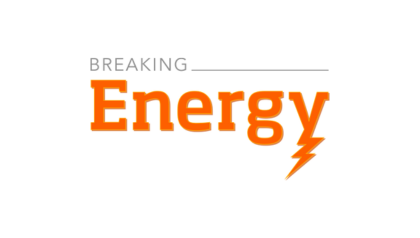
Additional wind power in the US Midwest could cut wholesale electricity prices by more than 25%, saving a typical household as much as $200 a year, proponents of new renewable energy capacity in the region said.
The analysis for the advocacy group Americans for a Clean Energy Grid found that if 20 GW was added to the existing 10 GW of wind capacity in the MISO region, consumers’ power costs would decline by $3 billion to $6.9 billion a year after the costs of new transmission is factored in.
An extra 40 GW of wind power would result in net savings of $3.3 billion to $9.4 billion a year after allowing for the costs of new transmission, the report said.
The average Midwest ISO residential customer using 1,000 kWh per month would save between $63 and $147 a year in 2020 if 20 GW of wind were added, rising to $71 to $200 a year under the 40 GW scenario.
Wholesale power prices would drop by $3 – $10 per MWh in the near term and by as much as $50/MWh by 2030 under the additional wind power scenarios.
Size Matters in Wind
Wind has been getting cheaper as turbines expand and their hubs rise further from the ground to harness the Midwest’s abundant wind resources, according to the report, conducted by Synapse Energy Economics.
The cost of wind power has also been declining relative to coal-fired generation which is becoming more costly as a result of tougher federal regulations on air emissions, and that’s particularly relevant in the MISO area where more than half of generating capacity is coal-fired.
“The effect of introducing greater levels of wind resources into MISO would depress the average annual market price relative to a baseline case of no additional wind generation,” according to a statement based on the report.
The 49-page study said new transmission is needed to carry wind power but that its cost would be outweighed by the economic benefits of the new capacity. Such new transmission would provide a return on investment of more than two to one, the report said.
The transmission investments would help stop spilling of available wind and ease congestion resulting from the inflexibility of much baseload generation in the MISO area, the study said.
The proposed new transmission would cause retail rates to rise by a “modest” tenth of a penny to half a penny per kWh by 2021 but the increased cost would be easily outweighed by the benefits of lower rates for wind power, the report said.
WIRES, a nonprofit group that advocates for transmission investment, said the study shows new transmission helps to drive down costs for consumers.
“It is not reasonable to presume that infrastructure investment will always translate into higher rates for consumers, said WIRES counsel Jim Hoecker. “To the contrary, every penny sunk into expanding the transmission system is likely to put downward pressure on wholesale and retail prices by making lower-cost resources available to the market.”
Breaking Energy spoke with transmission advocate John Jimison in a video available to view here.
A spokesman for transmission company ITC, which operates in six Midwestern states, said ITC has consistently called for new investment.
“ITC has been a strong and consistent advocate for expanded transmission investment,” said ITC Midwest President Doug Collins.
A spokeswoman for MISO did not respond to a request for comment.
